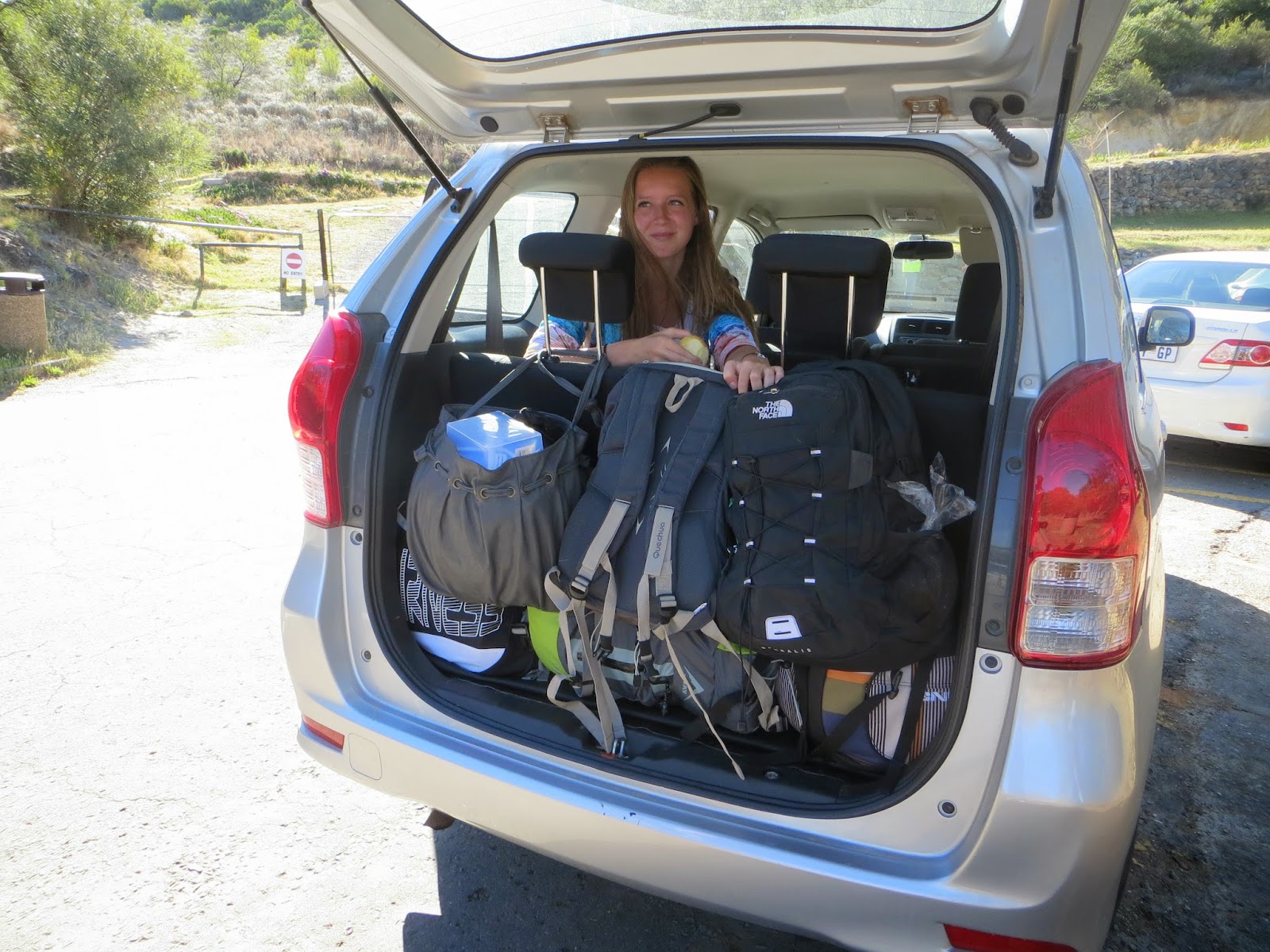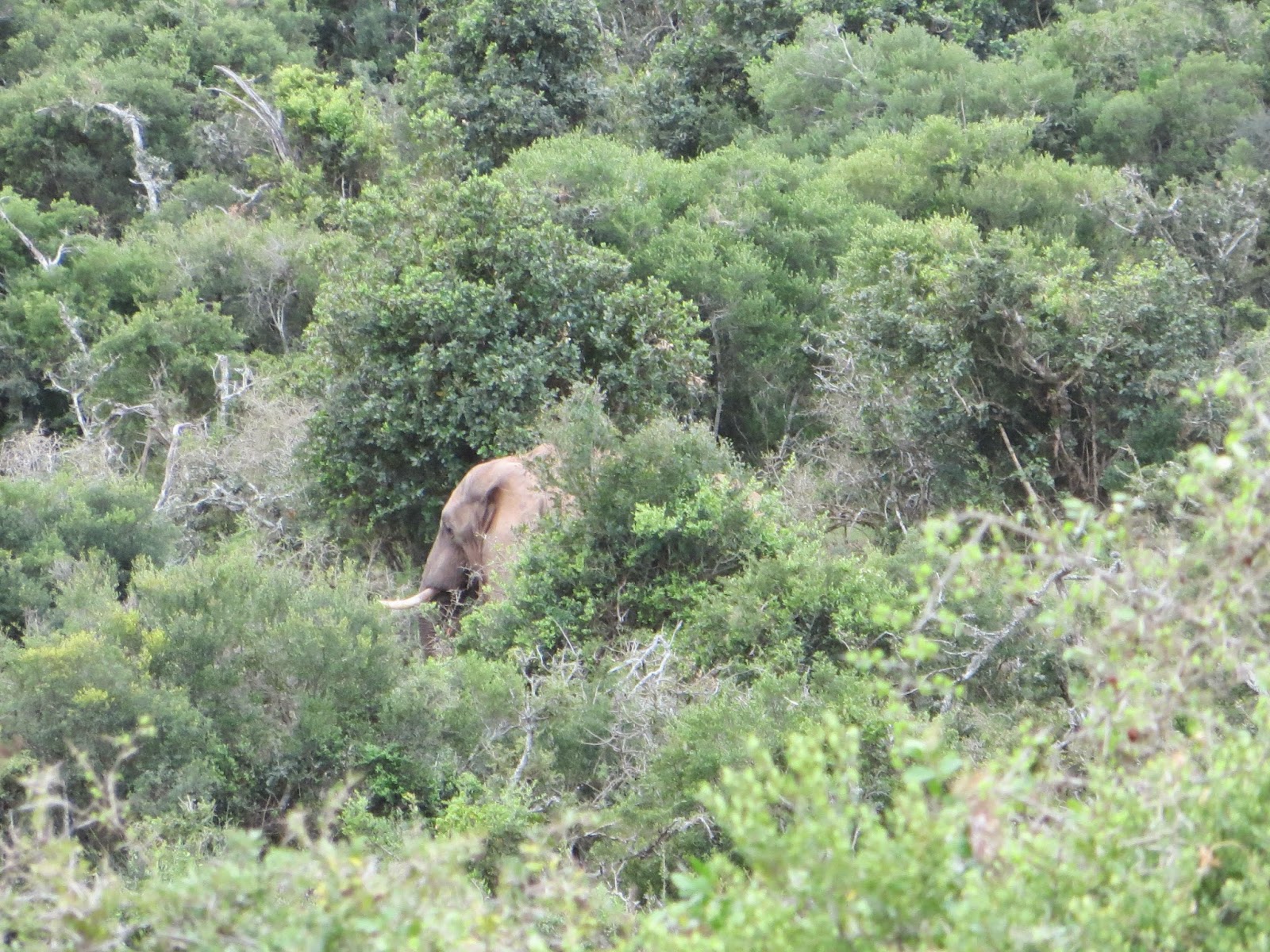When one says South Africa, behind
beautiful landscapes and the Big Five, lot of people imagine also the crime. Unfortunately,
the insecurity is a big problem in South Africa. And thus, this time I am going
to focus on one aspect that forms part and parcel of the South African life -
which does not consist only in wine tasting, hiking and surfing as one might
think after having seen pictures taken by an exchange student as me.
When I arrived, it was startling
for me to see iron bars on every window and door and barbed wires on fences. By
now I have got used to it and it’s rather strange for me not to see any iron
bars on a window.
Recently, we went to Kalk Bay, a lovely
small village on the coast near to Cape Town. When we were walking around its
nice small harbour, my friend told me: “I do not really feel like being in
South Africa, we could be even in Italy or in some Mediterranean country now,
don’t you think?” I agreed, except one detail. Look at this picture, what is
the element that assures you that the picture was taken in South Africa?
Living in South Africa, I had to
adopt few reflexes: locking all the time all doors and windows, not leaving
valuable things below the window so as one can see it from the street (even
though the window is closed and have the iron bars on it, thieves would try to
find another way to get inside if they have caught sight of the computer.. it
happens here), not bringing any valuable things when going out (just my old
phone, some cash and keys) and so on. Lot of small things about which I would
not really think in Europe. However, by now it has become a quite automatic
reflex and I do it spontaneously.
Also, you can’t walk alone at
night. It may be a bit constraining, especially if you do not go out with your flatmates.
Usually people go out together with their flatmates and walk in a group. If
they do not have flatmates, they join their neighbours or almost neighbours.
However, I have to say that
Stellenbosch is a bit special compared to other South African cities: it is
much safer. It is safer than Cape Town and much safer than Johannesburg or
Pretoria. In Stellenbosch, which is quite a small student town, I can go
everywhere by bike. Even at night, if I am by bike, it is quite fine if I am
alone (even though it depends on areas, but I stay in a rather safe area). When
I bought my bike two weeks after my arrival, I realized that my bike counts for
the element of freedom for me here in Stellenbosch. That’s why most of students
owns a bike here and one of the first things international student do upon
their arrival here, is to buy a bike.
Last week, I had to fill one
questionnaire about my perception of security at Stellenbosch. I wasn’t sure
what to answer: do I feel safe at some areas? Do I consider the insecurity a
big problem in Stellenbosch? Ehm… Compare to Europe? Yes, indeed, it is not
very safe place. Compare to the rest of South Africa? It’s one of the safest
places here.
Also, it is interesting to point
out the fact that the level of insecurity differs a lot across different areas
in the town. There still remains a kind of spatial segregation. In the centre,
where the University campus is located, it is pretty safe as there are also so
called “Green Routes” – Agents of the Campus Security are walking (or well,
usually rather sitting there) throughout these streets, ensuring the security
there (But it is still not recommended to walk alone at night though). Then, my
area, even though it is a bit further from the campus and not within the zone
of green routes anymore, is considered to be rather safe as rather wealthier
people live there (there are lot of nice villas with big gardens – hidden behind
iron bars of course). The other side of the town, being closer to the township,
is considered as less safe – above all due to the fact that poorer people live
there, looking for the opportunity how to better gain their life so thefts may
occur there more often. You may often meet a security agent in the street there
though. There are several security agencies operating in the town as the police
is not sufficient for the amount of crimes occurring here.
You noticed well that when I
differentiate between safe and less safe areas, I mentioned also the socio-economic
background of the population staying in those areas. Indeed, South Africa is
one of the most unequal countries in the world in terms of income inequalities
and socio-economic status of its inhabitants. And the security issue is linked
in part to these inequalities I would say.
Also, lot of students (locals,
not internationals) here have a car. It solves lot of problems for them: you
can move everywhere after the sunset if you are by car. Even go back home from
the bar… by car. It is another issue I wanted to speak about. Even though there
is the zero alcohol tolerance for drivers in South Africa, nobody cares. Lot of
people go to wine farms by car because it is too far for walking or cycling
there. So they drive there, taste few glasses of wine and go back by car. Also,
lot of people having car go to bars and night clubs by car since it is “safer” to
go back home by car than to walk or cycle at night. “Safer” did I say? Yeah,
that’s what is generally thought here. Nevertheless sometimes I wonder: is it
safer to drive after having drunk few beers than to cycle at night? Personally,
I prefer to cycle. Especially in Stellenbosch that is not that dangerous as I
said and if you are in group, it should be fine. (In Cape Town, I would rather
take a cab and not only because it is pretty hilly by contrast to Stellenbosch).
But do not worry about me, as I have
said, Stellenbosch is pretty safe ;) And South Africa is one of the most beautiful
places that I have ever seen, despite this insecurity issue. You just have to
respect some rules, adopt some reflexes and not to behave in the same way as
you do in Europe. And to be reconciled with the fact that something would be stolen from you at least once during your stay in South Africa...























































